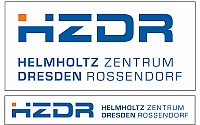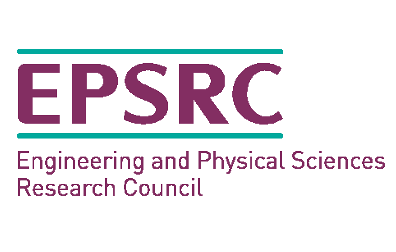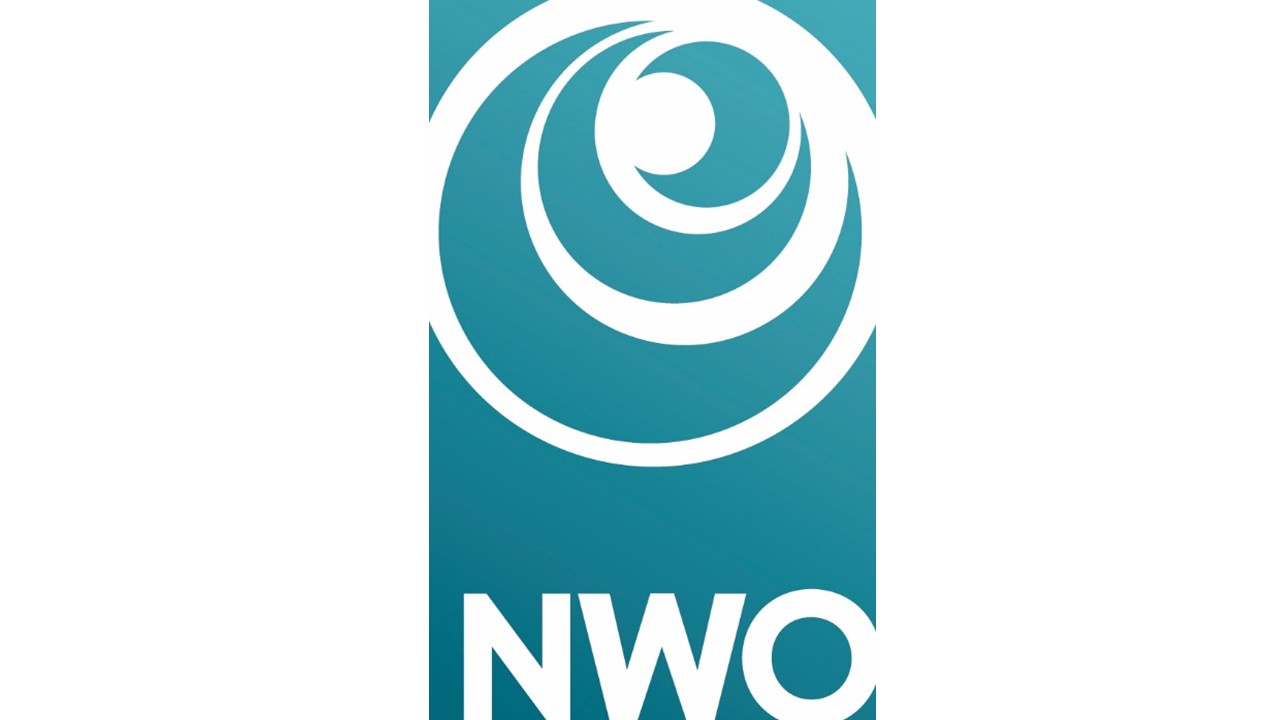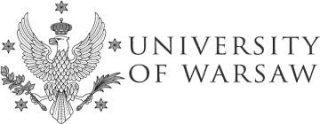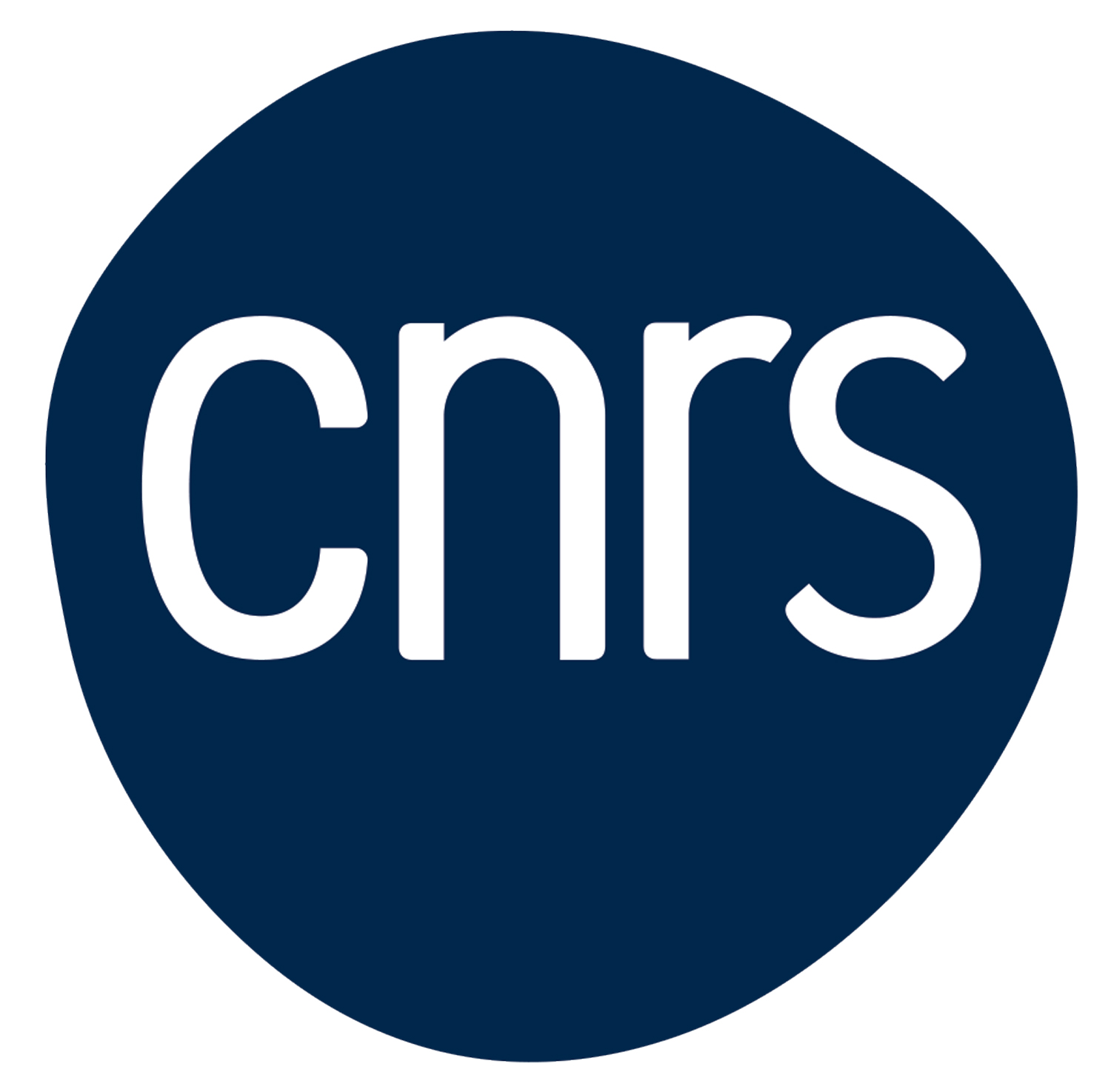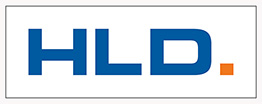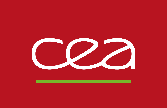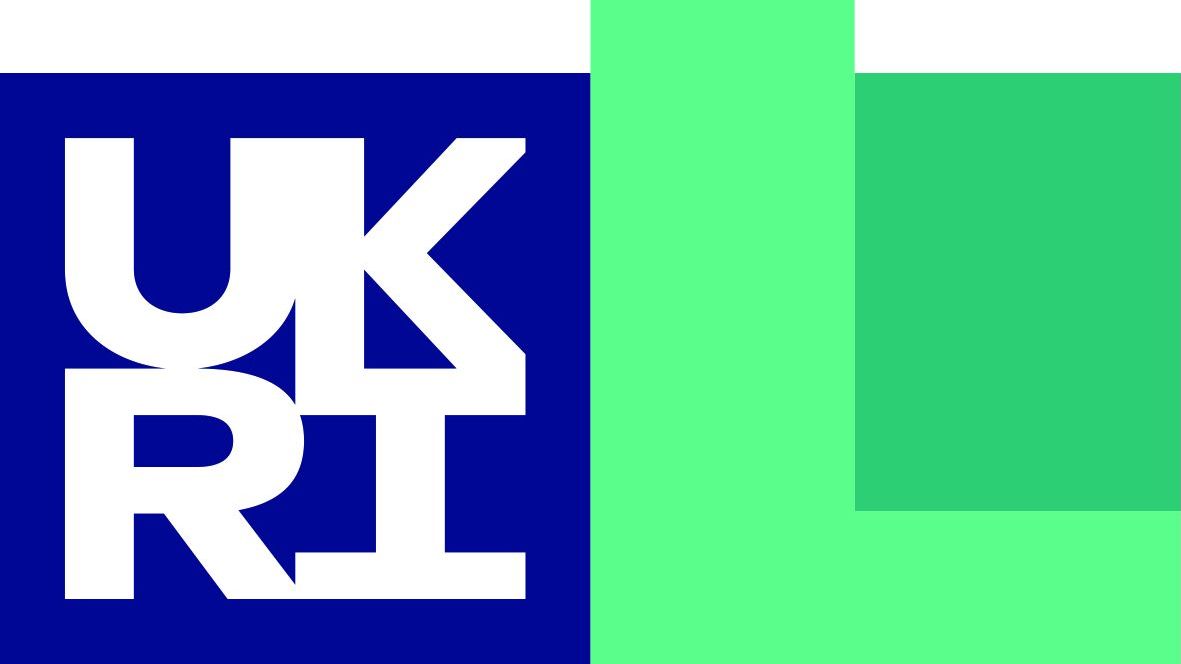Organisational structure
BOARD OF DIRECTORS
The board of directors, composed of the laboratory directors, where needed seconded by an executive manager has the following tasks:
• define the vision and mission,
• execute the strategic operation,
• prepare the budget, the annual accounts and the progress report.
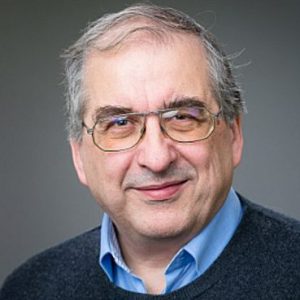
JOCHEN WOSNITZA
HLD,
Chair of the EMFL Board of Directors
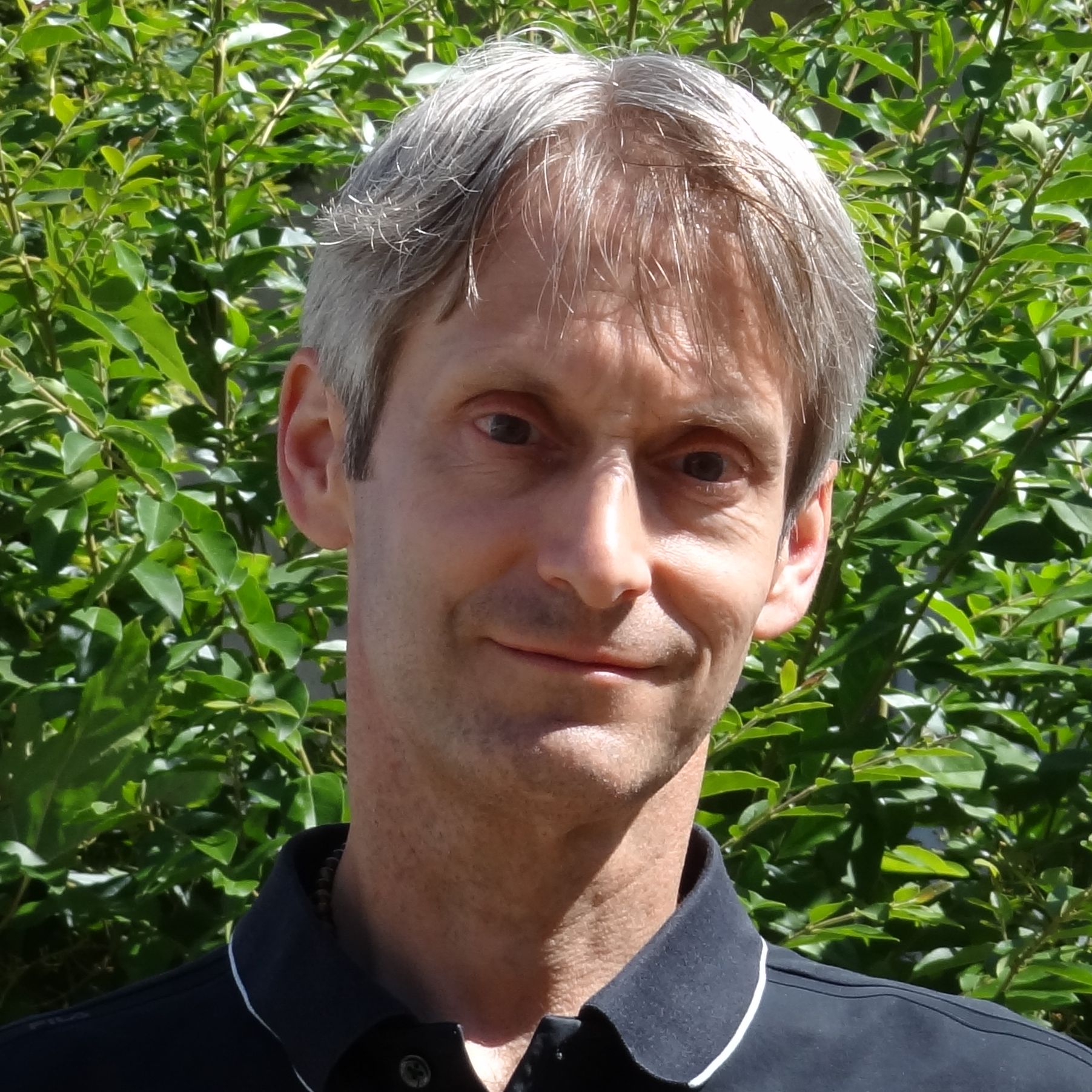
ROLF LORTZ
LNCMI
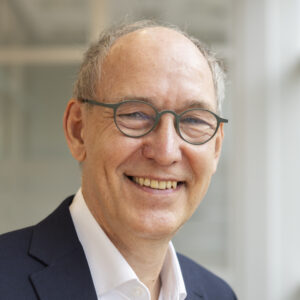
MARC BALDUS
HFML-FELIX
COUNCIL
The Council is the highest governing body of EMFL and consists of the EMFL Member representatives.
The council does:
• appoint and dismiss the Directors and approve the candidacy of the executive manager,
• admit and dismiss EMFL Members,
• approve the progress report, annual accounts and the budget presented by the Board of Directors,
• amend the Statutes and approve the vision, mission and definition of values of the Association,
• discuss and develop strategic, scientific and technical plans of the EMFL
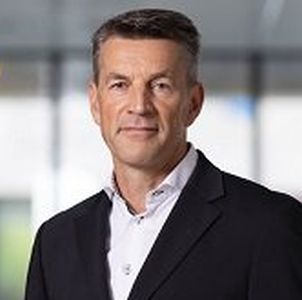
Jan de Boer
HFML-FELIX / NWO-I
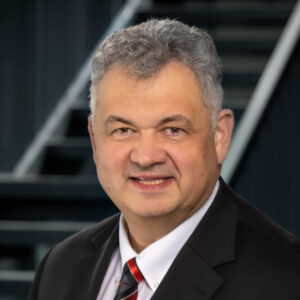
SEBASTIAN M. SCHMIDT
HZDR DRESDEN,
PRESIDENT OF THE EMFL COUNCIL
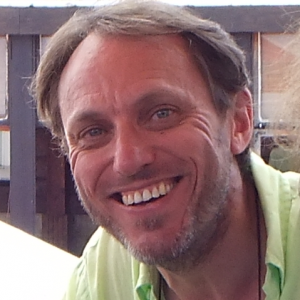
SYLVAIN RAVY
CNRS PARIS
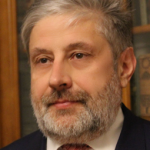
ADAM BABIŃSKI
UNIVERSITY OF WARSAW
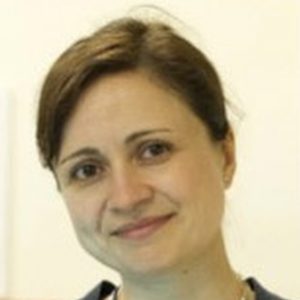
AMALIA PATANE
UNIVERSITY OF NOTTINGHAM
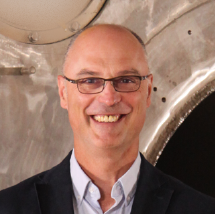
PIERRE VEDRINE
CEA/IRFU
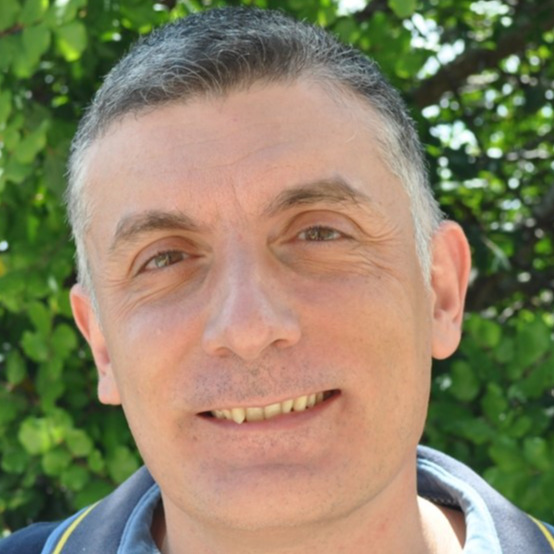
GIUSEPPE MARUCCIO
UNIVERSITY OF SALENTO
COORDINATION TEAM
The coordination team supports the Board of Directors in the operation of the EMFL.
• Barbara Evertsen, executive manager EMFL, Nijmegen, The Netherlands
• Zilan Kilic, EMFL, Nijmegen, The Netherlands
• Yurii Skourski, EMFL, Dresden, Germany
• Alexandra Gasparini, EMFL, Grenoble, France
• Amelie Pic, EMFL, Grenoble, France
SELECTION COMMITTEE
The Selection Committee consists of the following members. The chair of the Selection Committee is Jochen Wosnitza:
NAME |
AFFILIATION |
SPECIALISATION |
|---|---|---|
| Xavier Chaud | LNCMI-G | Applied Superconductors |
| Jens Hänisch | KIT | Applied Superconductors |
| Andries den Ouden | HFML | Applied Superconductors |
| Toomas Rõõm | NICPB | Magnetism |
| Mathias Doerr | TU Dresden | Magnetism |
| Yurii Skourski | HLD | Magnetism |
| Uli Zeitler | HFML | Magnetism |
| Tony Carrington | Univ. Bristol | Metals and Superconductors |
| Mark Kartsovnik | WMI | Metals and Superconductors |
| Alix McCollam | University College Cork | Metals and Superconductors |
| Ilya Sheikin | LNCMI-G | Metals and Superconductors |
| Duncan Maude | LNCMI-T | Semiconductors |
| Marta De Luca | Sapienza University Rome | Semiconductors |
| Ana Akrap | University Zagreb | Semiconductors |
| Steffen Wiedmann | HFML | Semiconductors |
| Alban Potherat | Coventry University | Soft Matter and Magnetoscience |
| Hans Engelkamp | HFML | Soft Matter and Magnetoscience |
| Anne-Lise Daltin | Univ. Reims | Soft Matter and Magnetoscience |
THE MEMBERS
The founding members of the EMFL-AISBL are
- Centre National de la Recherche Scientifique (CNRS)
- Helmholtz-Zentrum Dresden-Rossendorf (HZDR)
- Radboud University and Foundation for Fundamental Research on Matter (RU/FOM)
CNRS, HZDR and RU/FOM are the stakeholders of the four major European high magnetic field laboratories located in Dresden, Grenoble, Nijmegen and Toulouse.
Since December 2015, the UK community is a part of EMFL, first represented by the University of Nottingham, since April 2022 – by the EPSRC, representing the high-field community in the UK, via the mid-range facility grant of the EPSRC.
Since January 2019, the University of Warsaw is member. The university represents the high-field community in Poland, via funding of the Ministry of Science and Higher Education in Poland.
Since December 2019, CEA-IRFU is member. CEA-IRFU will bring in expertise on the sciencific and technological developments on magnet technology.
Since February 2024, the University of Salento is a member of EMFL representing the high-field community in Italy.
ADVISORY COMMITTEE
• Amina Taleb, SOLEIL, France
• Ziad Melhem, Oxford Quantum Solutions, UK
• Britta Redlich, DESY, Germany
• Javier Campo, Aragón Nanoscience and Materials Institute, Spain
• Georg Maret, SciKon, University of Konstanz, Germany
• Andrew Harrison, ELI – ERIC, CZ
• Andrzej Wysmołek, University of Warsaw, PL
• Gabriel Chardin, APC Laboratory (Astroparticles and Cosmology), University of Paris, France


